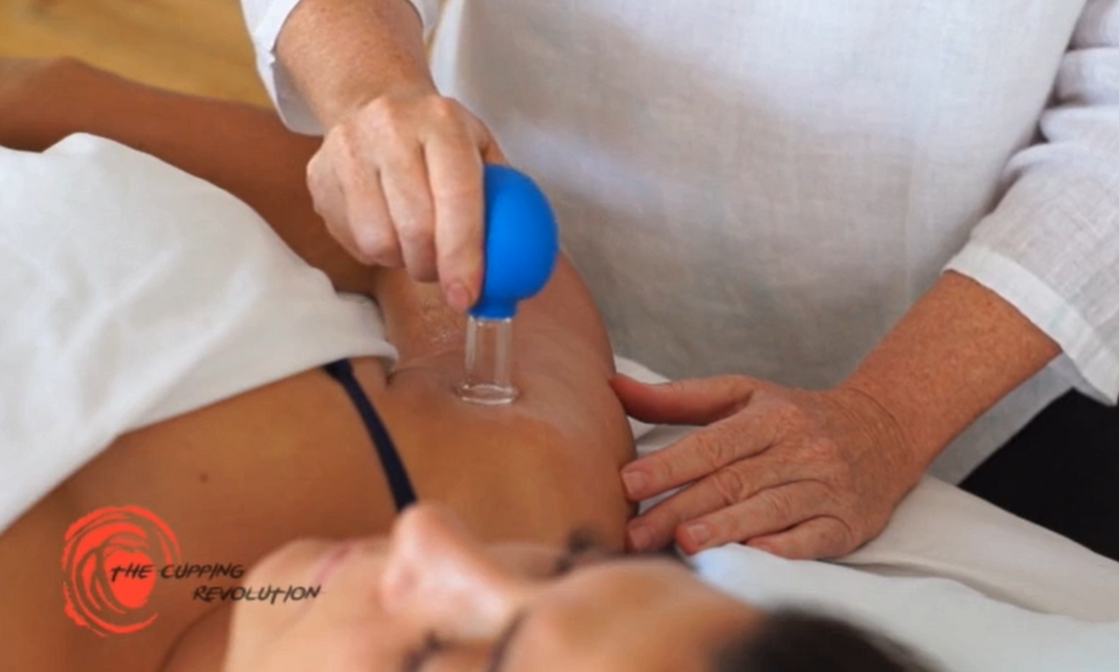Cupping for Scars
Linear scar
A linear scar occurs when the skin is cut deeply in a straight line, such as a surgical cut one would see from a c-section. The depth of the cut can be superficial, only lacerating the epidermis or can go as deeply as the organs. The scar will appear reddish pink when it is fresh and in time the redness gradually subsides. Eventually the scar takes a similar color and tone as the nearby skin.
Keyhole scar
Keyhole scars are very small scars created by incisions made from laparoscopic surgery. Generally they heal very well and are minimally invasive. Sometimes if the incision is made in an area where there is a lot of nerve conductivity and underlying structures (ie the knee) there can be some change or loss in sensation surrounding the scar.
Keloid scar
Keloids scars are the result of overly aggressive collagen production that is dysfunctional. A keloid is a small growth of scar tissue which extends beyond the original injury. It is most commonly found on the upper trunk of the body.
Keloids are made worse by stretching or tension and so should therefore not be treated with cupping.
Hypertrophic scar
This is the term for a scar that is raised, red scars that are similar to keloids but do not go beyond the boundary of the injury. Similar to keloid scars the hypertrophic scar occurs because the normal wound healing process is lost.
Pitted or sunken scar
Pitted scars are often the result of severe acne. Acne scars are characterized by a hollow, indented impression in the skin. The appearance is concave, due to a sudden loss of collagen. There are three three main types of acne scars: ice pick scars, boxcar scars, and rolling scars.
Scar contractures/Burn scars
If the skin has been burned, it may be a contracture scar. These scars tighten skin, which can impair your ability to move. Contracture scars may also go deeper, affecting muscles and nerves.
Contracture or burn scars are the most difficult to treat. The changes in the quality of the scar tissue may seem minimal, however patients receiving treatment on contracture scars report an increase in appropriate sensation - less pain, and improved movement.
Stretch Marks
Stretch marks occur when there is a sudden expansion in the skin. The main reasons that one gets stretch marks are growth, weight gain and pregnancy.
Stretch marks should be avoided, as the skin is very thin and can easily become more disconnected. If the stretch mark is an older scar, some very light hold and release treatment may be performed in the area.












0 comments
Leave a comment
Please log in or register to post a comment